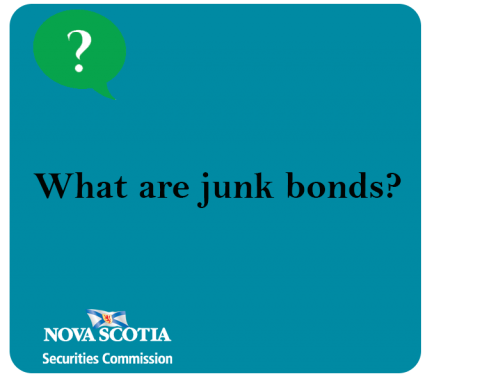Submitted by nsscadmin on

Junk bond is another term that seems to be used a lot despite the fact most people have no idea what it means.
A junk bond works the same way as any other bond. It’s issued by a company or government and sold to investors with an expectation from the investor that they’ll be paid back the principal plus interest upon the maturity of the bond.
Where a junk bond differs is the heightened risk that comes with it. A junk bond is rated below investment grade by a bond rating organization, such as Moody’s or S&P. Let’s back up one step. What are bond ratings? All bonds are rated and assigned a grade based on the likelihood that the issuer will default on the bond. A bond given a poor rating is considered to be a junk bond.
Since junk bonds are issued by companies and governments with bad credit ratings they need to offer higher yields to entice investors to buy them. Higher risk, for potential higher rewards.
Due to their high risk, junk bonds are often seen as a speculative investment. This can make them a poor investment for any investor without a lot of capital to invest and low risk tolerance. If you’re interested in junk bonds make sure you know the risks and don’t be enticed by the possibility of higher rewards. And, as with any investment, never invest more than you are willing to lose.
